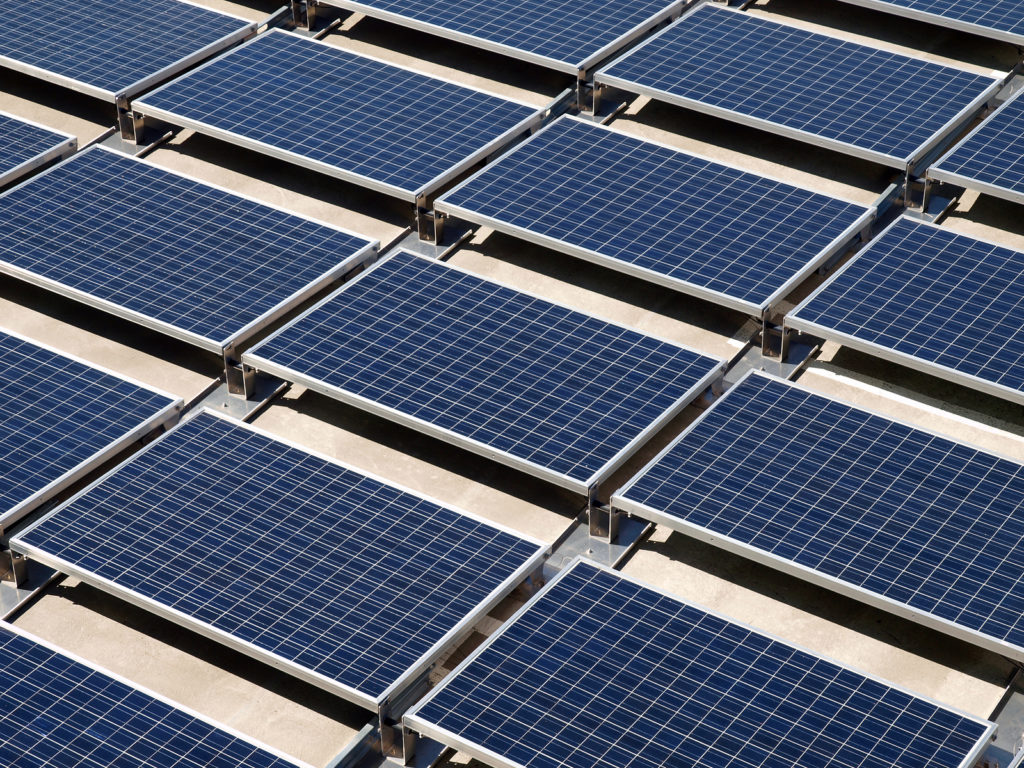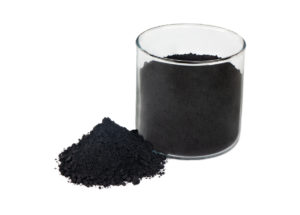The 5000 solar panels that are currently being fitted to the 3-hectare roof of the My Direct Blinds factory, will have a total installed capacity of 1.5MW. Currently, it is within the top five largest solar panel installations on a commercial building within Australia.
Efficiency improvement
The amount of solar energy that will be produced depends on what time of day it is and how much unobstructed sun is shining, however the window furnishings company is only producing blinds during normal business hours, thus this is not an issue. With this investment the blinds manufacturer hopes to reduce the price of their end product. Once this installation is complete, their carbon footprint in terms of electricity generation will reduce to zero. Their electricity generation will be 100% renewable, stemming directly from their solar panel array. It has been reported that the blinds fabricator’s facility will generate enough power to fuel 4,500 homes within a 30 year time period. This will save over 20,000 tonnes of CO2 emissions and will have the same impact as planting some fifty thousand trees.
Connection to the grid
When the facility is not using excess power, this is sold back into the grid. Ensuring no power is wasted and others will benefit from renewable energy. The more renewable energy is pumped back into the grid, means the reduction of other fossil fuel based electricity generation is reduced elsewhere. It’s a win for everyone. The firm even has plans to further double capacity by utilising all of the space on the roof of their enormous facility.
Interview with the director
We managed to get ahold of their director Aaron, who had this to comment when asked about the installation:
“With this installation, we show our commitment to sustainability and responsible operations. My Direct Blinds have been continually working to address these issues within our organisation, and this act further proves we will never stop thinking about our environment. As a blinds manufacturer we know that a large part of our textile wastage often ends up in landfill, so we wanted to make sure we could offset this in some other way.”
“All of our cutting tables do have nested cutting implemented, to reduce wastage.”
“However, when you’re making thousands and thousands of blinds per day, this adds up, and harms our environment.”
“Other ways we have thought about helping to reduce ours, and our customers carbon footprint is by pushing our energy efficient products.”
“By helping to raise building R values (insulation ratings), it means the consumer has less of a need to use heating or cooling in their home. This helps to reduce the carbon footprint overall.”
“Honeycomb blinds probably have the highest of the R values, followed by plantation shutters, curtains, venetian blinds, roman blinds, and then lastly roller blinds in this order,” said this Sydney Roller Shutter Company.
“We always encourage our customers to add a window pelmet to further increase escaping heat and to better regulate their windows, making them much more energy efficient.”




